8 Secret Arizona Canyon Villages Carved into Cliffs You Can Actually Visit
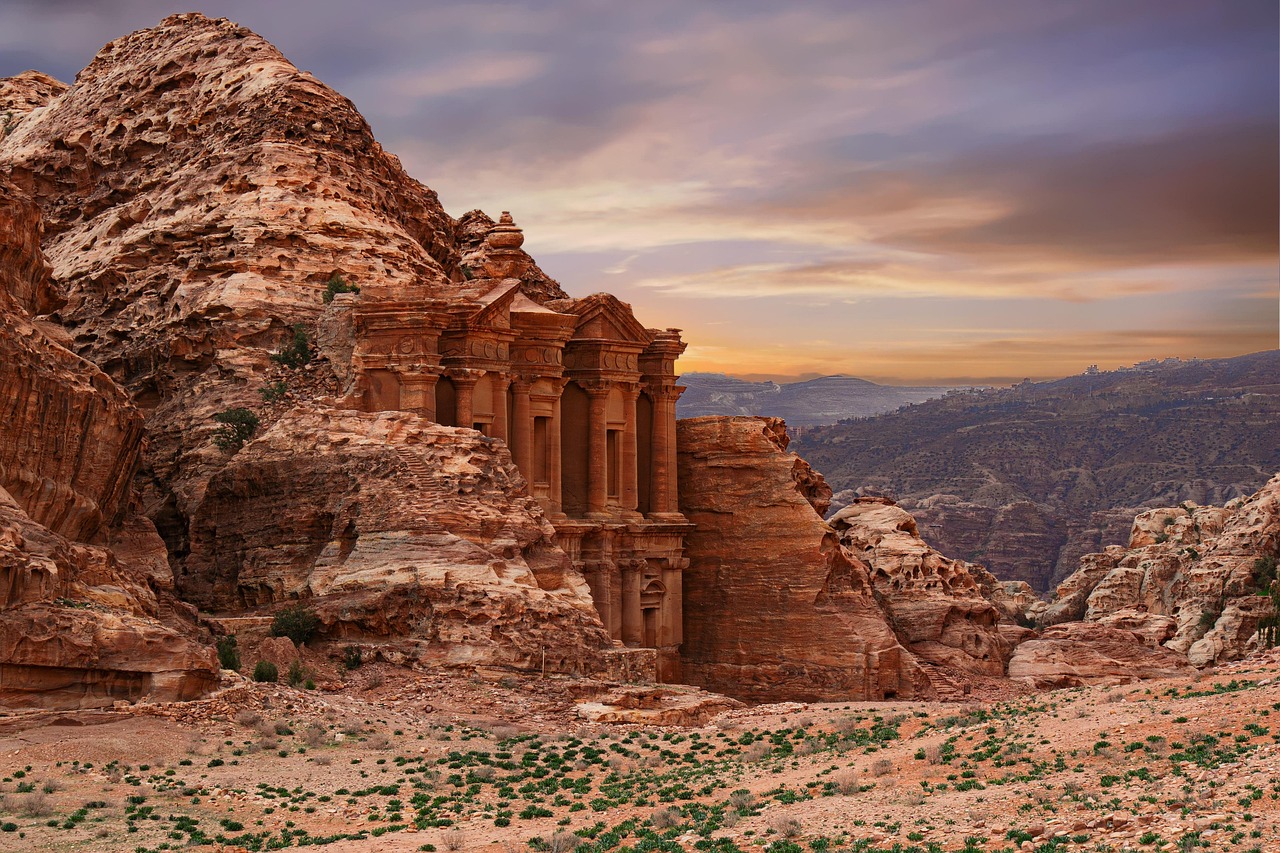
Tucked deep within Arizona’s red rock canyons lie ancient villages carved into sheer cliffs—places where entire communities once lived, farmed, and thrived in harmony with the land. These hidden gems, many still remarkably intact, invite curious travelers to step into the past and experience the ingenuity of early Indigenous civilizations. If you’re looking for a truly unforgettable adventure that blends natural wonder with cultural depth, these secret cliffside dwellings are waiting to be explored.
1. Montezuma Castle National Monument
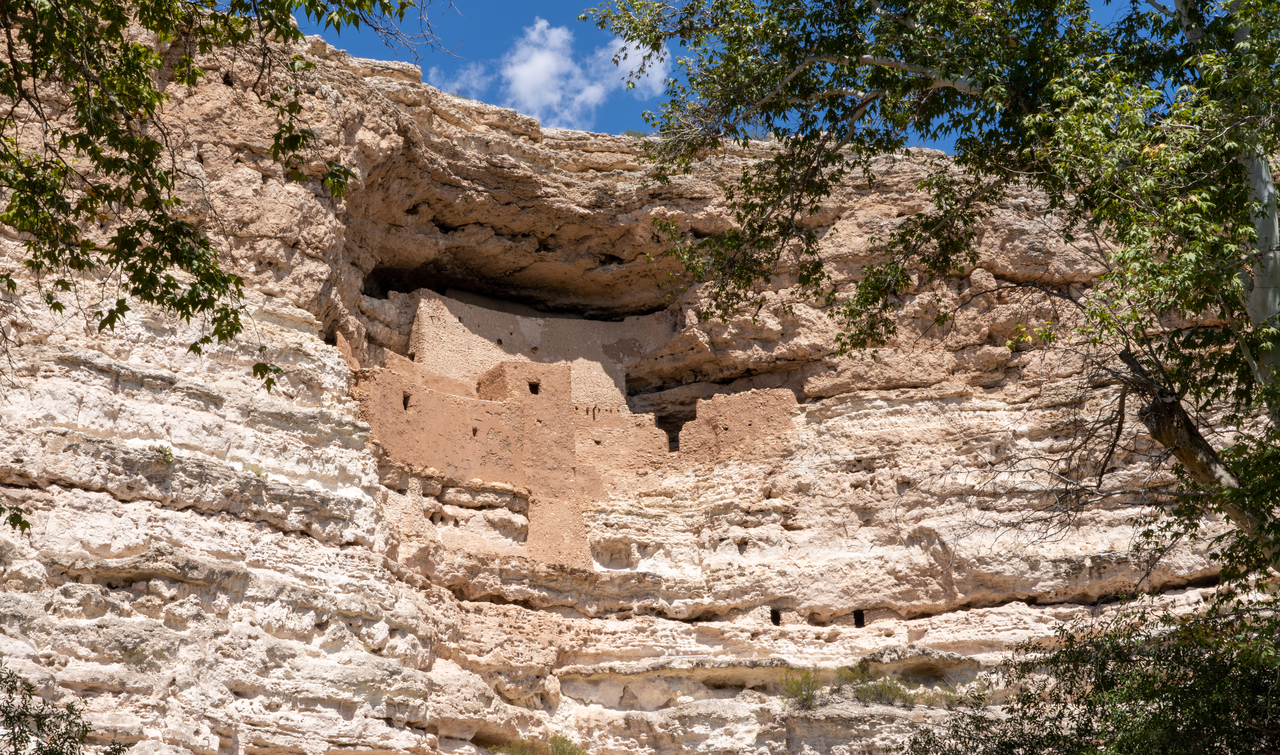
Carved directly into a sheer limestone cliff, Montezuma Castle stands as one of the best-preserved cliff dwellings in North America. Built by the Sinagua people around 1100 AD, this five-story structure with 20 rooms was once home to dozens of residents. Located near Camp Verde, it’s easily accessible and offers paved paths, interpretive signs, and shaded viewing areas. Though you can’t enter the ruins themselves, the vantage point below offers a clear view of this ancient apartment complex.
2. Walnut Canyon National Monument
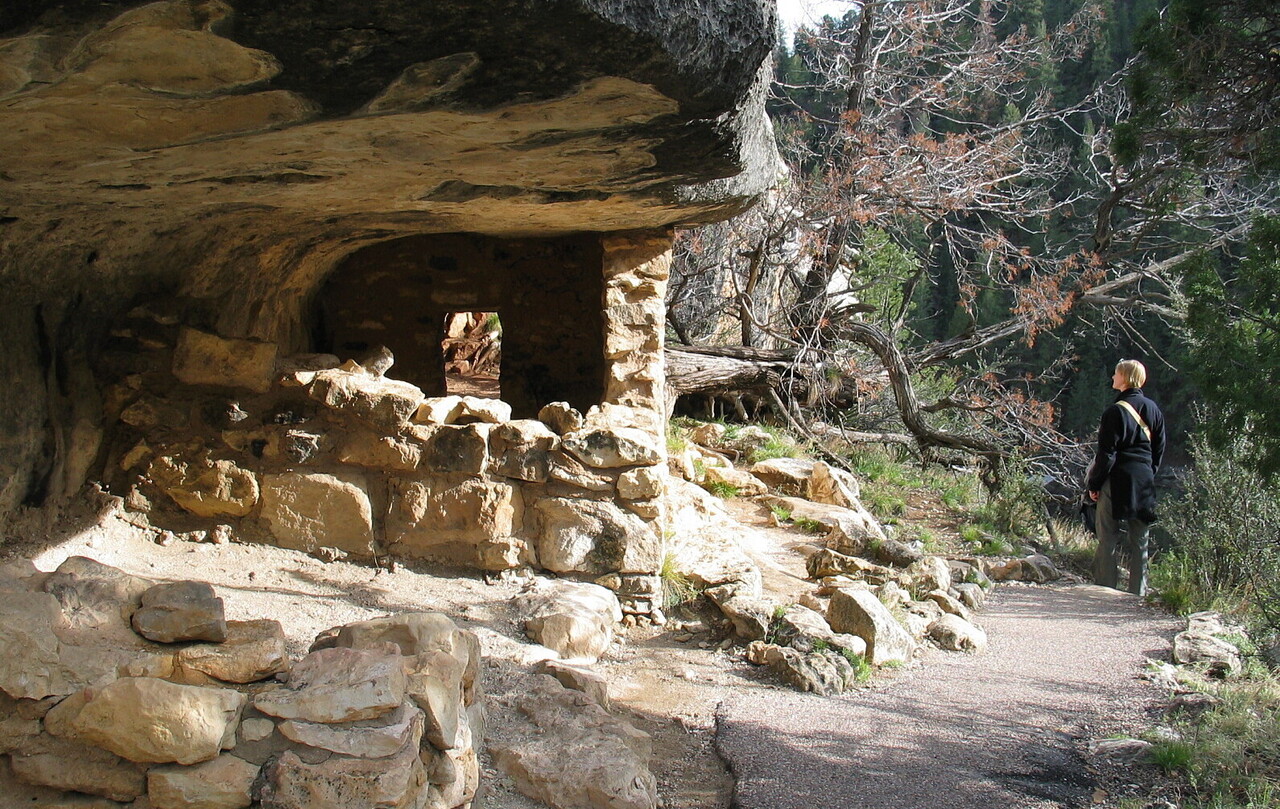
Just east of Flagstaff lies Walnut Canyon, a deep chasm where the Sinagua built dozens of small homes into its walls over 800 years ago. A one-mile Island Trail descends 185 steps to circle a natural rock outcrop dotted with preserved cliff dwellings. Visitors can explore several rooms up close, some still bearing soot-stained ceilings from ancient fires. The site is compact yet immersive, offering insights into how communities survived in such challenging terrain.
3. Keet Seel
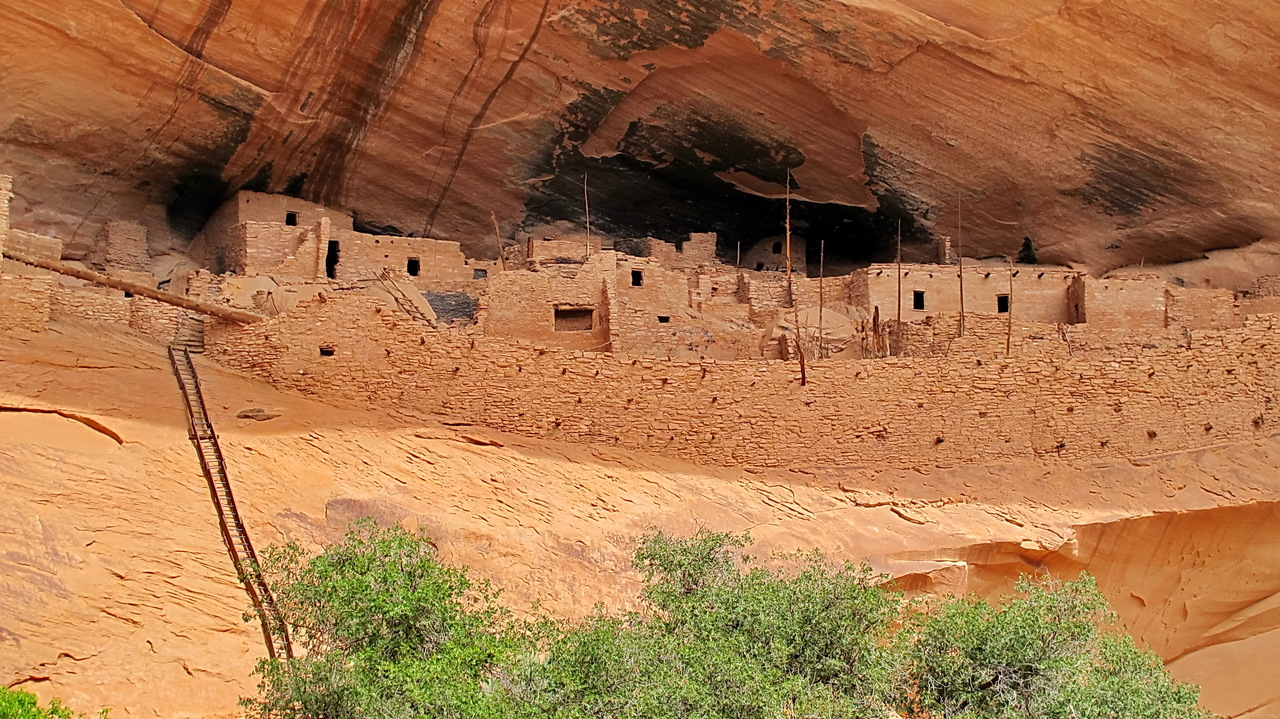
Keet Seel is not for the casual traveler—it requires a strenuous 17-mile roundtrip hike through rugged terrain and a permit. But for those willing to make the journey, it offers one of the best-preserved Ancestral Puebloan cliff villages in the Southwest. Located within Navajo National Monument, Keet Seel features over 150 rooms tucked beneath a massive sandstone alcove. Ranger-led tours allow visitors to walk through the site and see walls, ladders, and grain bins left largely intact for centuries.
4. Betatakin
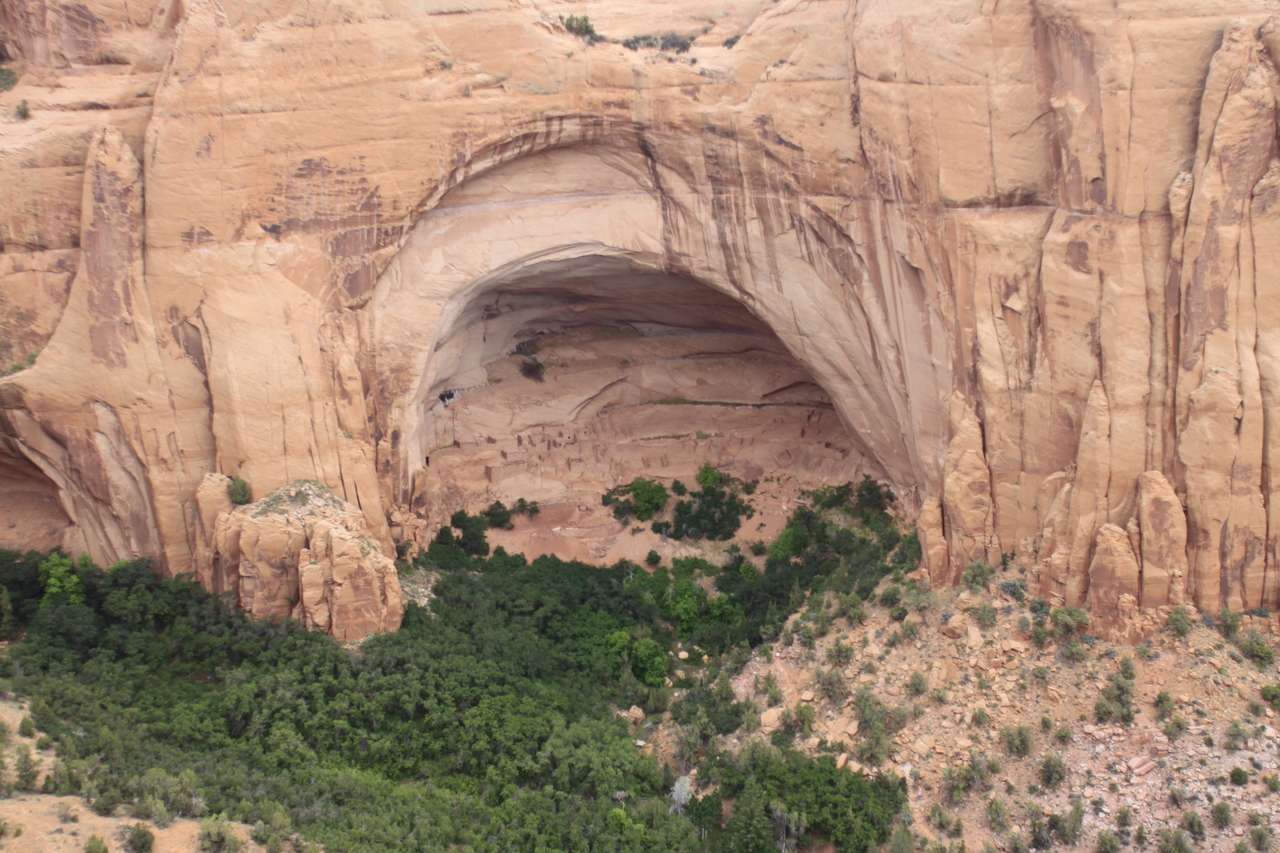
Easier to reach than Keet Seel, Betatakin (also called Talastima) is another ancestral village located in Navajo National Monument. Nestled in a natural amphitheater, it includes more than 120 rooms and was likely occupied for only a few generations around 1250 AD. Guided tours take you to viewpoints or down into the canyon (seasonally), giving a dramatic look at how the Puebloans used natural rock formations to protect their homes from the elements while maintaining access to water and crops.
5. Honanki Heritage Site
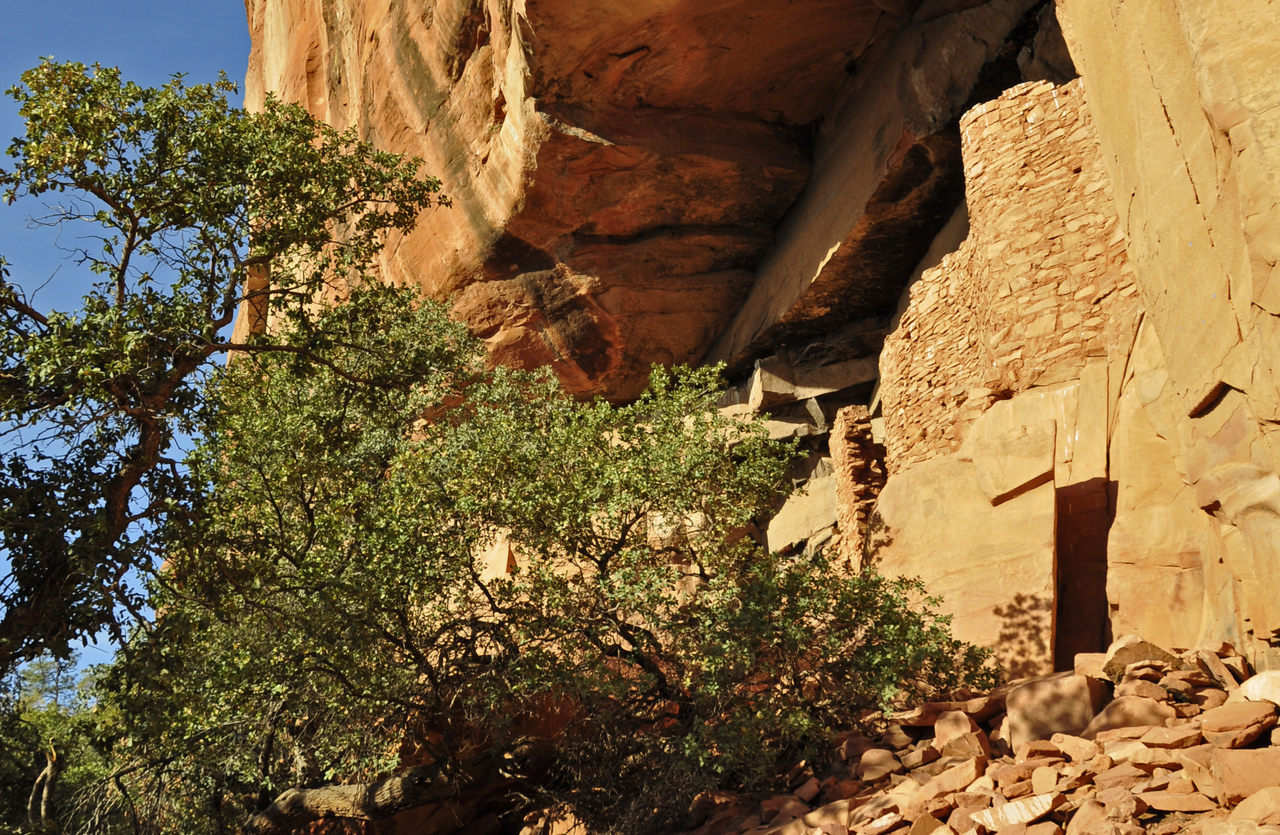
The Honanki ruins, found near Sedona, are a window into Sinagua life between 1100 and 1300 AD. The site includes partially restored stone dwellings built against a red rock cliff and one of the largest known collections of petroglyphs and pictographs in the region. You can walk a short loop trail to see the ruins and extensive rock art, including symbols and hunting scenes. Managed by the U.S. Forest Service, the site is remote yet reachable with a high-clearance vehicle or tour company.
6. Palatki Heritage Site
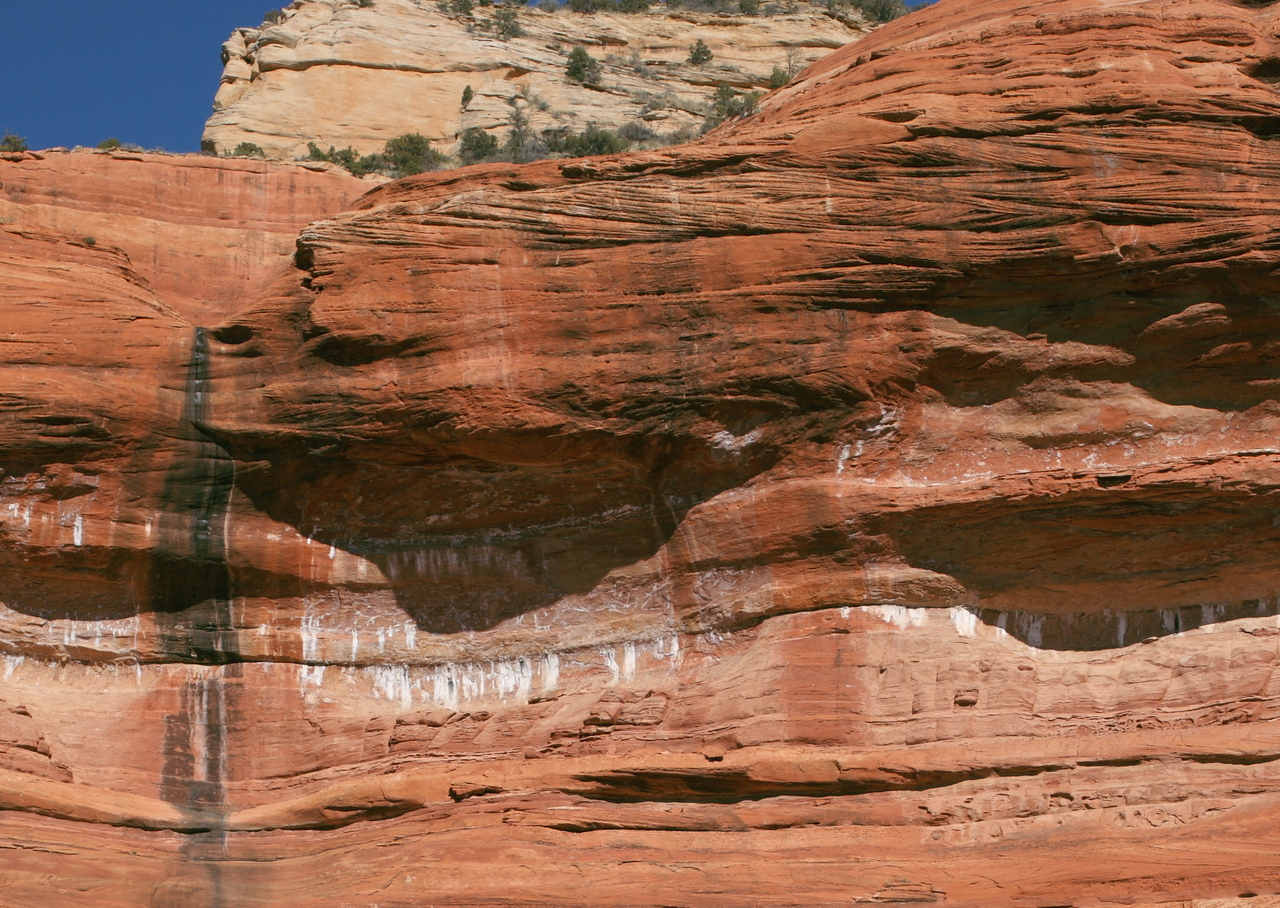
Sitting in the same Sedona area as Honanki, Palatki offers a quieter, more intimate visit. The site features cliff dwellings from the Sinagua culture, dating to around 1150 AD, and also showcases older rock art created by even earlier peoples. The short trails lead to two alcoves: one with dwellings and one with extensive pictographs and petroglyphs. Reservations are recommended, as tours are limited to preserve the fragile environment. It’s a small site, but rich with layered history.
7. Tonto National Monument
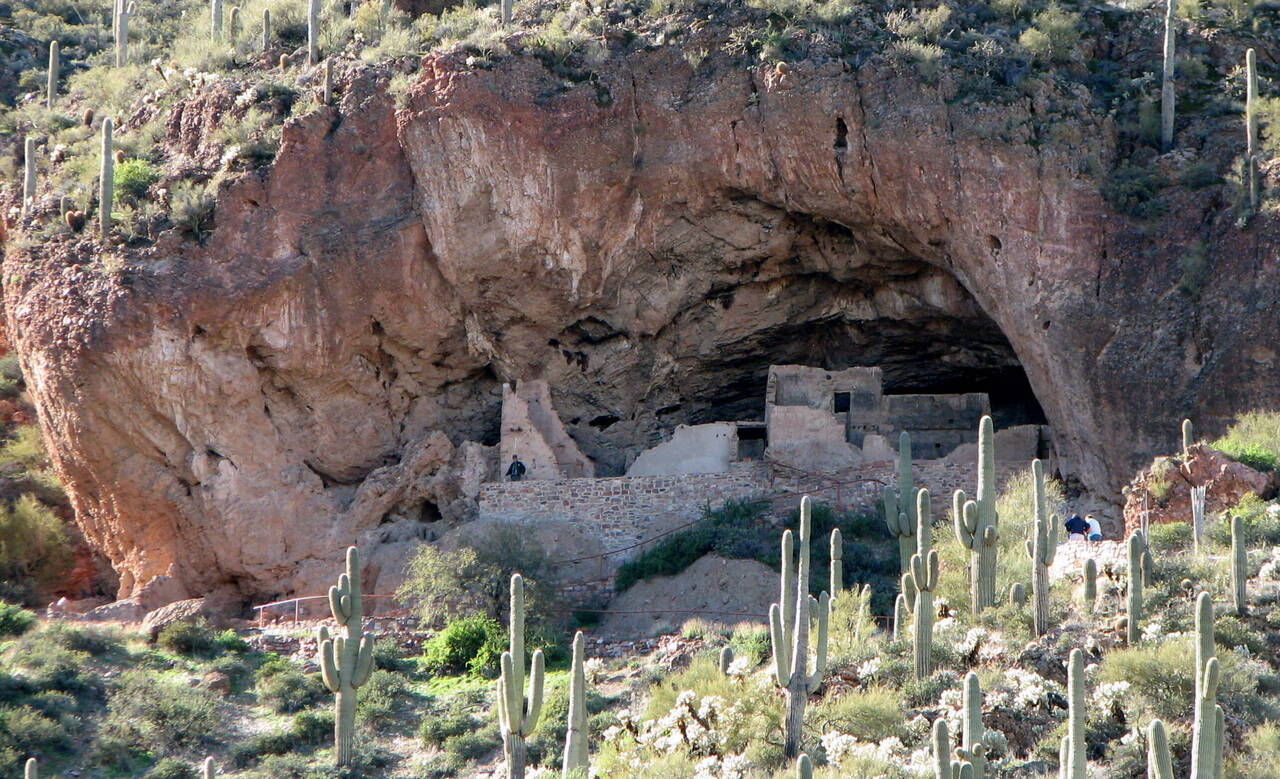
Overlooking the northern edge of Roosevelt Lake, Tonto National Monument preserves Salado culture dwellings from the 13th to 15th centuries. The Lower Ruins are accessible via a steep but paved half-mile trail, offering panoramic views and an up-close look at rooms carved into the cliff. The Upper Ruins require a guided tour and a more demanding hike. The Salado people built here to take advantage of the natural insulation and defensive advantages provided by the cliffs.
8. Canyon de Chelly
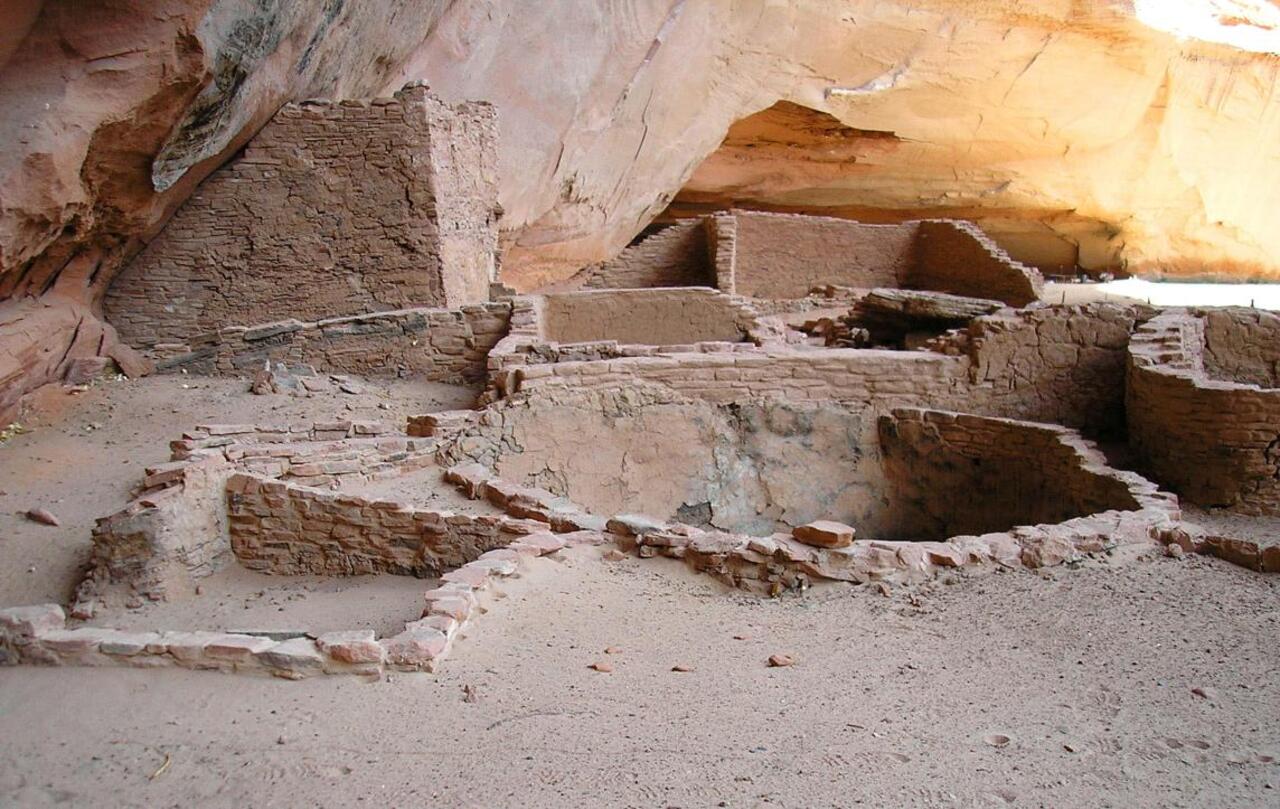
Canyon de Chelly (pronounced “de-SHAY”) is unique in that it blends ancient history with present-day Navajo life. The canyon walls are dotted with ancestral Puebloan ruins, the most famous being White House Ruin, which sits in an alcove halfway up the canyon wall. While the public trail to White House is currently closed, authorized Navajo guides offer jeep and horseback tours into the canyon, allowing visitors to view and learn about these sites respectfully. This is not just a place of history—it’s a living landscape.